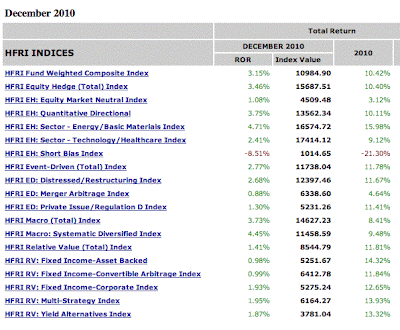We have now made a bunch of moves in my Mom-s portfolio. First we sold down two bond funds and increased our investment in the
Man-AHL diversified futures fund. And we moved £100k to her home country and invested in a
bunch of stuff there. That reduced the allocation to Sterling investments. But we still have a lot of money left over from the bond sales.
The bank suggested various funds including some Swiss real estate funds (including
this one), the
Jefferies Global Convertible Bond Fund, a
UK stock fund, and a fund invested in the
Rogers Commodity Index. I don't feel like taking a long only bet on oil and other commodities (Rogers is 40% petroleum) and the problem with the Swiss real estate funds was that they are very concentrated on residential property in Zurich and are trading at around a 25% premium to NAV. So I ruled all of these out. But I think we will invest some money in the other two funds.
Convertible bonds are interesting because they provide some potential inflation protection compared to a regular bond by being potentially convertible to equity.
I have now suggested to invest the rest in ETFs and closed end exchange traded funds. As an investment in real estate I propose
VNQ and
DRW. VNQ is a US REIT ETF managed by Vanguard, which means it has a lower management expense ratio than other funds. DRW is a non-US fund from Wisdom Tree which is based on a dividend weighted index. It seems to be the best performer of various international REIT ETFs I checked out. I think we should increase our overall exposure to stocks and particularly to Asian and emerging market stocks, where we are probably underweight. So I'm recommending
VWO and
DGS- again one Vanguard and one Wisdom Tree fund. Finally, two stocks that I own personally -
GTAA and
CHN (
The China Fund). I think these are two well-managed actively managed funds.
Another asset class that isn't in the portfolio is
private equity, but it is a challenging asset class to invest in as a small investor in an effective way. I personally own shares in Leucadia National (LUK) and 3i (III.L), which I think are somewhat better than average exchange traded approximations to this asset class. I'm not impressed by the available ETFs, which I did just check out. So, I think we'll pass on this for now.
When we have all these changes in place I plan to report back on how we have transformed the portfolio. One result is that it is more similar to
typical endowment and pension fund portfolios, which has been my long-term goal here.

















































